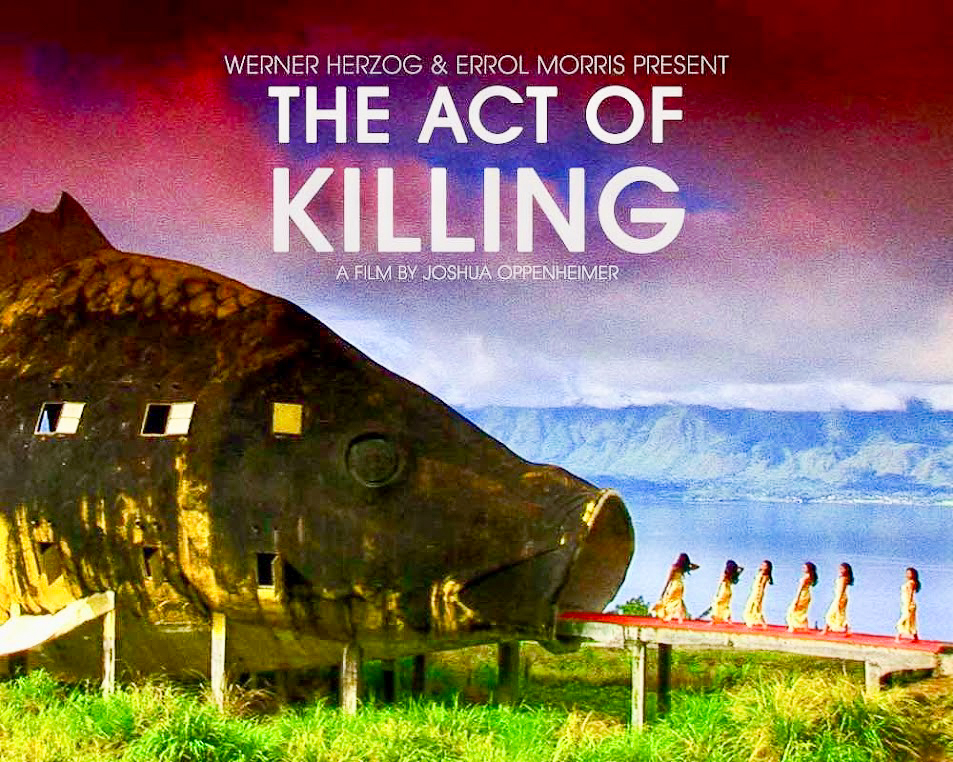NOTES FROM UNDERGROUND
Hope
Links
- Get link
- X
- Other Apps
One More Time with Feeling (2016)
You're an African doctor harvesting tear ductsYou believe in God, but you get no special dispensation for this belief nowYou're an old man sitting by a fire, hear the mist rolling off the seaYou're a distant memory in the mind of your creator, don't you see?
One More Time with Feeling is a 2016 British documentary film directed by Andrew Dominik. It documents the recording of Nick Cave and the Bad Seeds' sixteenth studio album, Skeleton Tree, in the aftermath of the death of Nick Cave's 15-year-old son Arthur.
When you start watching "One More Time with Feeling," you are suddenly dropped into the eye of a creative storm that began after the death of Arthur Cave, one of Australian rocker Nick Cave's two sons. This deeply moving concert doc concerns that loss, but only indirectly. We join Cave before the release of Skeleton Tree, his latest album with decades-old band The Bad Seeds. But by the time director Andrew Dominik films Cave (using a 2D camera and an advanced black-and-white 3D camera) and his band in their Brighton recording studio, it seems as if the bulk of Cave and his band's creative decisions have been made. Still, anxiety permeates the studio: how will people receive Skeleton Tree, a characteristically intimate, but highly conceptual album that only addresses personal loss in the abstract?
"One More Time with Feeling" is a uniquely cinematic documentary, one that actively blurs the line between fact and fiction. Sometimes Dominik's 3D camera drifts through solid surfaces, including people, doors and walls. Sometimes it snakes around Cave while 2D videographers film Dominik at work. Once or twice, voiceover narration of Cave's innermost thoughts—recorded after the events filmed—give us a hyper-real window into his thought process. This isn't really a movie about creativity, though it is that, after a fashion. Instead, this is a movie about the pause before the end of a creative obstacle. We join Cave moments just after he's decided to continue struggling without his son. Arthur's death still weighs on him, as it would any parent. But Skeleton Tree is now out in the world, and cannot be contained by Cave's subconscious
Dominik's film owes a great deal to experimental filmmaking techniques that Jean-Luc Godard used in the Rolling Stones not-quite-doc "Sympathy for the Devil" and avant garde musical "A Woman is a Woman." In those films, Godard constantly deconstructs the narratives he employs as a means of provocatively suggesting that language can only fitfully express truly profound meaning/revolutionary thoughts/sublime joy. Dominik's film is similarly about Cave's need to express himself without sounding trite or platitudinous. He does not want to escape from Arthur's death, but he also hesitantly tells Dominik, during incisive interview footage, that he doesn't want to commemorate his son through sentimental truisms, like "he lives in our hearts," a saying he spits out because "[Arthur] doesn't live at all."
https://www.rogerebert.com/reviews/one-more-time-with-feeling-2016









.webp)






.jpg)